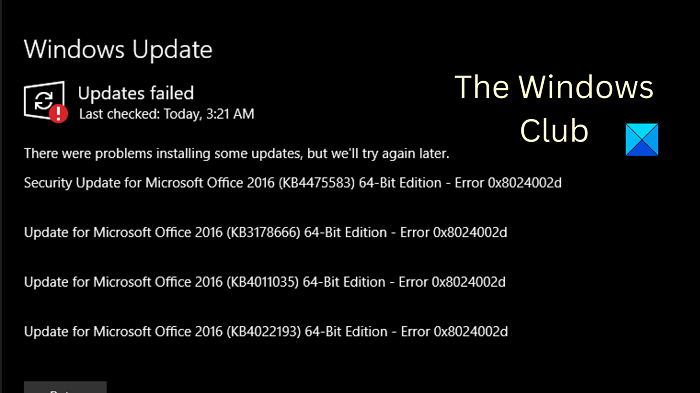
The system will encrypt your drive and reboot at least once.You can encrypt the drive but the process takes much longer. Select the option to just encrypt files and not the entire drive.While slightly insecure, it saves losing your data. You have the option to save one to your Microsoft account. Make a couple of copies of it somewhere and keep them safe. Back up the recovery key the setup wizard provides.If you use a USB drive, you will need to keep it connected at all times when using the encrypted drive. Password offers ease of use but it slightly less secure. Otherwise select password or USB flash drive. Select ‘Turn BitLocker on’ to begin the setup wizard.Or right click the hard drive you want to encrypt and select ‘Turn BitLocker on’. Open Control Panel and navigate to System and Security and BitLocker Drive Encryption.If you have one of these operating systems you will be able to use BitLocker to encrypt your hard drive. BitLocker is available for Windows 7 Ultimate, Windows 8 and Windows 10 Professional, Enterprise and Education editions. If you want to set up BitLocker from scratch, this is how you do it. Other than that, the process is exactly the same. Your drive will encrypt itself properly but instead of storing the key on the TPM chip you will need to use a USB drive instead. You should now see the setup screen for BitLocker rather than the error window.


Select Enabled in the top left pane and the check box next to ‘Allow BitLocker without a compatible TPM’ should activate.Select ‘Require additional authentication at startup’ in the center pane.Navigate to Computer Configuration, Administrative Templates, Windows Components, BitLocker Drive Encryption, Operating System Drives.Type or paste ‘gpedit.msc’ into the Search Windows/Cortana box.


 0 kommentar(er)
0 kommentar(er)
